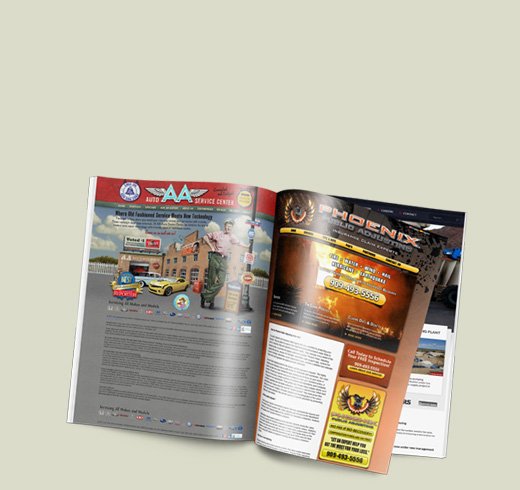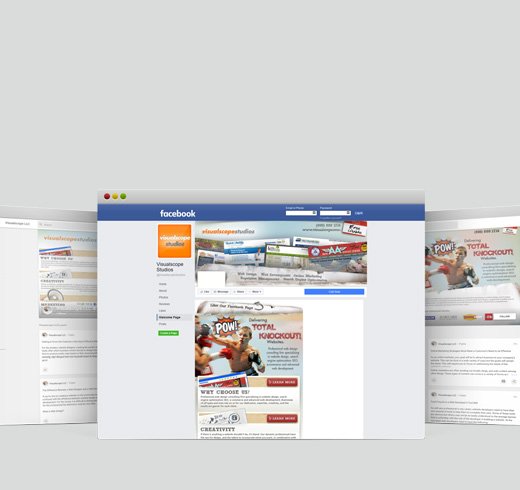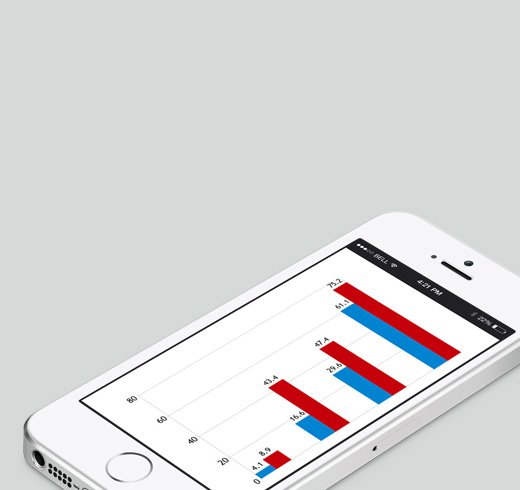
-
It is surprising how little attention is paid to page title tags and meta description tags during a website's design process. In fact, when pressed on the subject, few website designers, let alone site owners, know too many details about them beyond some very basic concepts. However, both tags are quite important in terms of attracting visitors and increasing the click-through-ratio of organic search. This article defines these terms and reviews why they are a key component of effective website design. It also includes details regarding how to write attractive tags, as well as what to avoid from a design and marketing point of view.
When executing search on any of the major search engines, results are presented with the most relevant websites showing up in descending order (that is the more relevant results show up first). In Google, the contents of each page is presented with a title in large blue font, as well as a short description in smaller black font. In website design jargon, the blue text is the title tag and the black text is the meta description, both of which are found in the site's html code. At first sight it looks like both Yahoo! and Bing present search results like Google with the same blue-black font nomenclature. But looks can be deceiving; while they might all look identical, there are some subtle differences to be aware of.
The first major difference is character length. While these are subject to change at the whim of the search sites, currently Google displays 70 characters for title tags and 150 for meta descriptions. Yahoo! and Bing in turn display 72 and 65 title tags and 161 and 150 meta descriptions respectively. These are important to know because exceeding the limits will result in the search engines cutting the amount of text displayed. And of course if not displayed, the text will be useless in terms of attracting visitors.
The second noticeable difference is which words are bolded in the page title tags. All search engines bold the keywords of a search term. For example, a search for 'website design' will result in the bolding of this search query each time it appears in both the title tags and meta descriptions. And Google leaves it at that. Yahoo! on the other hand, in addition to bolding the actual keywords, also uses a geo-coding algorithm to bold the city in which the search is located. So a search completed in Seattle, WA for the term 'website design' will result in the city 'Seattle' being bolded anywhere it appears in the title tags and meta descriptions. Bing for their part does not bold by geography, but the search engine does bold each instance of a search word even if the words are not together. For example, the search term 'website design' will result in the bolding of the words 'website' and 'design' even if they do not appear side-by-side.
Understanding these subtle differences is important to website design as the poor wording or lengthy tags can dramatically impact what text looks like and how much of the text is visible to anyone conducting a search on the internet. Keep in mind that Google has 64.4% market share of all search (Yahoo! has 17.7% and Bing 11.8%), so it will probably make sense to satisfy this search engine's requirements before all others.
While title and description tags pull very little weight in terms of search engine optimization, they are relevant from a raw marketing point of view because it is the very first part of a website potential visitors see. Especially first-time visitors will make click or no-click decisions based on what the tags say. They set expectations about what the user will find on a site. In most cases, the search engines do a pretty good job of returning relevant websites for a given search term, however, in some cases this can be ambiguous. For example, the search term 'frames' gets 5 million global searches a month on Google and it will be up to the title and description tags to specify whether the site deals with eyeglasses, digital movies or picture frames. Well written tags can quickly clarify this.
It may be helpful to think of title and description tags as a billboard display; an attractive billboard will attract passersby, while an unremarkable one will be quickly forgotten. Furthermore what may be considered a norm in one industry may not be acceptable in another. The next section of this article provides tips on how to write good tags.
The most important rule is to remember that title tags and meta descriptions will be read by humans who will then make a decision whether or not to click on a particular search result. Therefore, they must clearly state what the site is about. It is recommended that the site owner not leave this task up to the website developers. Instead, it should be a joint effort. A developer best understands how to design websites, while the site owner best understands their industry.
A useful technique is to closely study competitor tags of a given keyword. What are they putting in their tags? What are they omitting? Do the tags clearly state what the visitor will find on a site? How can your site do this more effectively? Once this is clearly understood, the site designer and owner can brainstorm ideas that will be noticed and get the most clicks.
A particular point to consider is whether or not to include the website URL in the tag. Generally, the rule to follow is that the more well-known a brand is, the less need there is to include the URL in the tag. For example, everybody knows Toyota Motors, but how many people have ever heard of Tata Motors?
As far as pitfalls and things to avoid, thankfully many website designers today know about these. First and foremost, do not clutter the tags up with keywords in hopes of obtaining better search rankings. This worked in the pre-Google era of the 1990's. Always remember to write them for a human and never for a machine.
Another, perhaps less known tip, is not to change the tags once they are set. Title tags and meta descriptions should only be written once. This is because the search engines will be lead to believe that some sort of spamming activity is going on and this in turn will result in an immediate drop in rankings. Even well ranking sites that have old URL will drop if they start changing the headers and description tags each time the site is crawled. This point is a bit counter-intuitive since in other aspects of successful website marketing, such as Adwords, experimentation is not only welcomed, but encouraged by the search engines.
-

View our Case Studies
Explore the diversity of our work and how we made each one a success.
Let's get started -

RESOURCE CENTER
Resources to help you attract new and retain existing users.
Visit Our Resource Center -

















